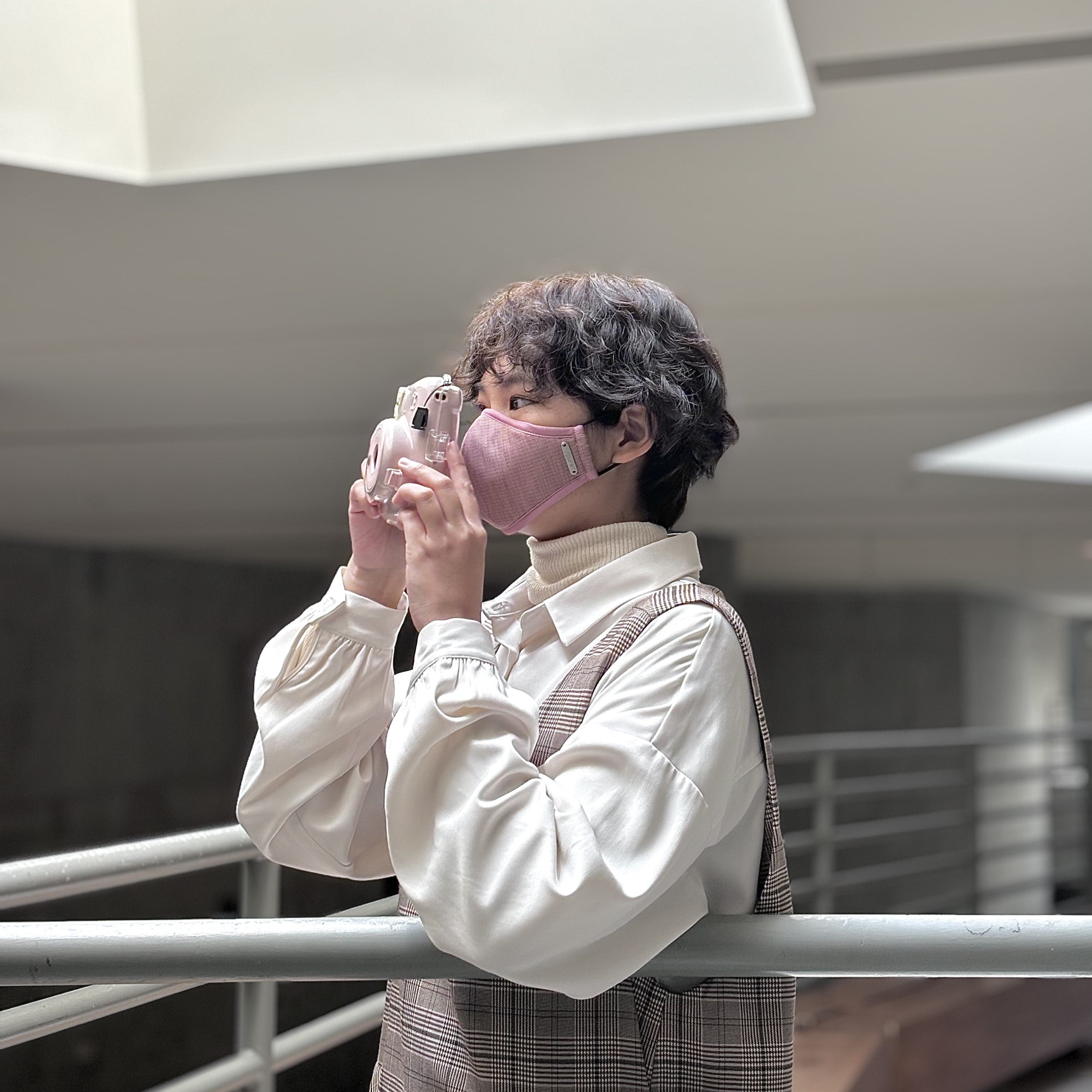
Human life is inseparable from the air we depend on for survival. However, air pollution has become serious in recent years and has become an issue of close concern to the government and the public. Where in Taiwan has the worst air pollution and why? Is the air in the countryside necessarily better than in the city?
[The air pollution in Gaoping is the most serious, followed by the Yunjia South area]
[The air pollution in Gaoping is the most serious, followed by the Yunjia South area]

According to the 2016 annual report of the Environmental Protection Agency, in terms of the annual average air quality index (AQI), the Gaoping area last year had the most serious air pollution, with an average of 83, while the Yunjianan area ranked second, with an average of 80 . The area with the lowest pollution index is Huadong, with an average of only 38. Overall, it can be found that air pollution in the western half is generally more serious than in the eastern half, and in the western half, the further south, the more serious the air pollution is.
(Note: AQI below 50 is considered good, 51 to 100 is average, and above 101 is unhealthy for the human body.)
(Note: AQI below 50 is considered good, 51 to 100 is average, and above 101 is unhealthy for the human body.)

If further divided by administrative regions, the counties and cities with the most serious air pollution are Kaohsiung City, Yunlin County, Nantou County, Chiayi City, and Kinmen County . In Kaohsiung City, which is the most serious city, the Zuoying area has the highest air pollution index.
[Kaohsiung air pollution factors: factories, terrain, location, traffic engineering]
Why has Kaohsiung City’s air pollution been the worst for two consecutive years? One of the main reasons comes from industrial pollution in Kaohsiung. Former Deputy Director of the Environmental Protection Agency Zhang Fengteng once said: "There are a total of 7,100 regulated factories in Taiwan that pollute the air and emit relatively large emissions, and Kaohsiung alone accounts for 3,000. Almost 45%." Moreover, 87% of the steel industry and petrochemical industry are located here, and 1/3 of the sulfur dioxide produced by thermal power generation is also in Kaohsiung, causing high levels of air pollution and the sky is often gray.
In addition, Kaohsiung itself is "surrounded by three mountains" - Gangshan, Qishan, and Fengshan. It is also located in the lee of the northeast monsoon in winter. When China's haze blows in from outside the country, the air pollution is not easily discharged and the diffusion is poor. Easy to stay in Kaohsiung area.
In addition, the average consumption of gasoline in Kaohsiung is twice that in Taipei, which means that Kaohsiung residents use cars and motorcycles more intensively and frequently. In this case, traffic engineering in urban areas often makes the traffic flow to and from traffic jams and idling. According to the Environmental Protection Bureau's 5-month monitoring of Zuoying District, where the railway undergrounding project is being implemented, from June to October 2017, it was found that the concentration of air pollutants increased significantly during the peak traffic hours from 7 to 9 a.m., and the carbon monoxide concentration increased by 1.5% compared with the off-peak traffic hours. times, PM2.5 concentration increased by 1 times, and non-methane hydrocarbons increased by 1.4 times. This situation may not improve until the project is completed.
To sum up, Kaohsiung’s factory emissions, its topography and geographical location make it difficult for pollutants to spread, and the congestion of automobiles and motorcycles in urban and industrial areas have all contributed to Kaohsiung’s serious air pollution.
[There are many sources of air pollution in cities, but suburbs are also affected by location and terrain]
Generally speaking, air pollution in cities is more serious than in suburbs. This is because there are more sources of air pollution in cities, including factory emissions, automobile and motorcycle exhaust, garbage incineration, restaurant fumes, etc. In addition, cities themselves have many high-rise buildings in their architectural styles. , forming an "urban canyon". The polluted exhaust gas on the streets is not easy to dissipate. Therefore, residents living close to the streets inhale more pollution than those far away from the streets.
[Kaohsiung air pollution factors: factories, terrain, location, traffic engineering]
Why has Kaohsiung City’s air pollution been the worst for two consecutive years? One of the main reasons comes from industrial pollution in Kaohsiung. Former Deputy Director of the Environmental Protection Agency Zhang Fengteng once said: "There are a total of 7,100 regulated factories in Taiwan that pollute the air and emit relatively large emissions, and Kaohsiung alone accounts for 3,000. Almost 45%." Moreover, 87% of the steel industry and petrochemical industry are located here, and 1/3 of the sulfur dioxide produced by thermal power generation is also in Kaohsiung, causing high levels of air pollution and the sky is often gray.
In addition, Kaohsiung itself is "surrounded by three mountains" - Gangshan, Qishan, and Fengshan. It is also located in the lee of the northeast monsoon in winter. When China's haze blows in from outside the country, the air pollution is not easily discharged and the diffusion is poor. Easy to stay in Kaohsiung area.
In addition, the average consumption of gasoline in Kaohsiung is twice that in Taipei, which means that Kaohsiung residents use cars and motorcycles more intensively and frequently. In this case, traffic engineering in urban areas often makes the traffic flow to and from traffic jams and idling. According to the Environmental Protection Bureau's 5-month monitoring of Zuoying District, where the railway undergrounding project is being implemented, from June to October 2017, it was found that the concentration of air pollutants increased significantly during the peak traffic hours from 7 to 9 a.m., and the carbon monoxide concentration increased by 1.5% compared with the off-peak traffic hours. times, PM2.5 concentration increased by 1 times, and non-methane hydrocarbons increased by 1.4 times. This situation may not improve until the project is completed.
To sum up, Kaohsiung’s factory emissions, its topography and geographical location make it difficult for pollutants to spread, and the congestion of automobiles and motorcycles in urban and industrial areas have all contributed to Kaohsiung’s serious air pollution.
[There are many sources of air pollution in cities, but suburbs are also affected by location and terrain]
Generally speaking, air pollution in cities is more serious than in suburbs. This is because there are more sources of air pollution in cities, including factory emissions, automobile and motorcycle exhaust, garbage incineration, restaurant fumes, etc. In addition, cities themselves have many high-rise buildings in their architectural styles. , forming an "urban canyon". The polluted exhaust gas on the streets is not easy to dissipate. Therefore, residents living close to the streets inhale more pollution than those far away from the streets.


As can be clearly seen from the two pictures above, the air pollution levels along the street are much worse than on the roof of the building where the EPA detection station is placed . However, most of the air pollution data on the Internet comes from the Environmental Protection Agency, so if you are traveling in an urban area with many high-rise buildings, don’t take it lightly just because the Environmental Protection Agency’s data shows that the air quality is good.
But is the air in the suburbs far away from factories and cities necessarily fresher? Not necessarily. For example, Meinong, located in Kaohsiung, although it is mostly rural, has little factory pollution, and has a low population density, according to author Li Huiyi who currently lives in Meinong, "Meinong is located south of the intersection of the Central Mountains and the southernmost branch of the Yushan Mountains. It is a dustpan terrain with high northeast and low southwest. If the wind blows from the south or southwest, the local air pollution will not be able to dissipate. Sometimes it is even worse than in the city." Therefore , in addition to the pollution emission status of the region itself, , geographical location and topography are also important factors affecting the air pollution status of a region.
After reading today's article, if you are a friend who lives in an area with high pollution risk, please remember to pay attention to the air pollution status of the day at all times, and take protective measures to give your health an extra layer of protection!
References:
- Industrial pollution "accounts for half", Kaohsiung's PM2.5 is the worst in Taiwan
- Gray Zuoying air pollution has been the worst in the city for two consecutive years
- Li Yingyuan: Kaohsiung has the worst air pollution in Taiwan
- The air in rural areas is not fresh, and sometimes it is worse than in cities──Meinong is surrounded by PM2.5
- 0Taxi Tesla Electric Fleet

